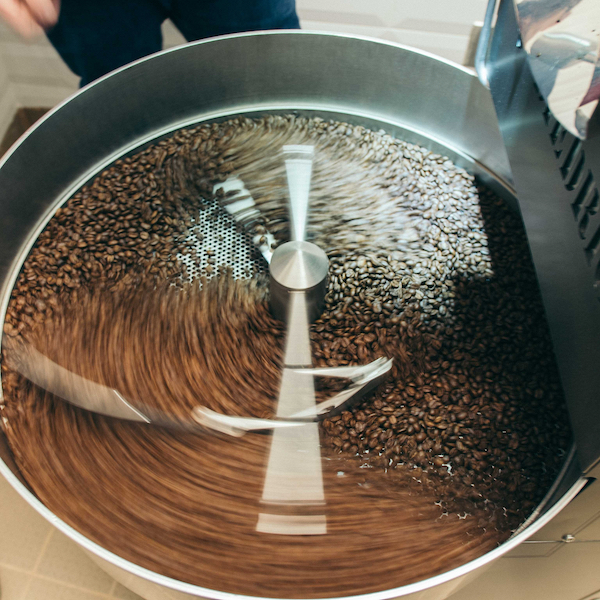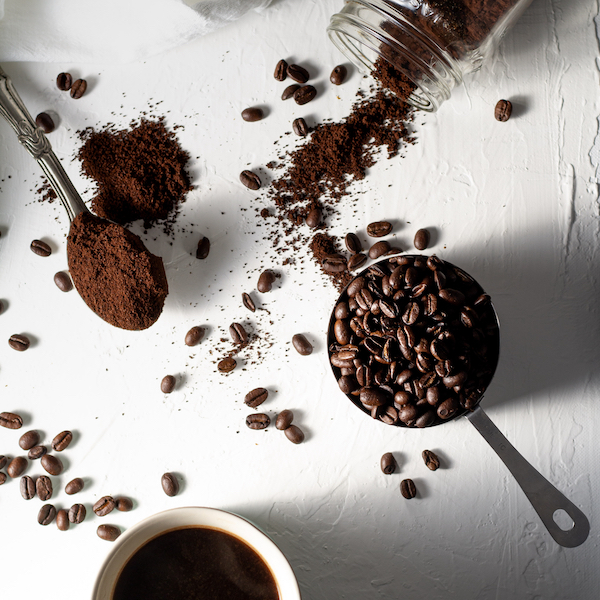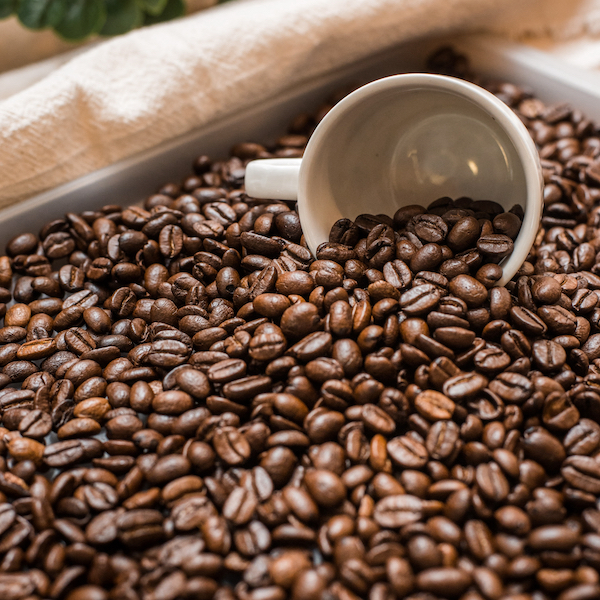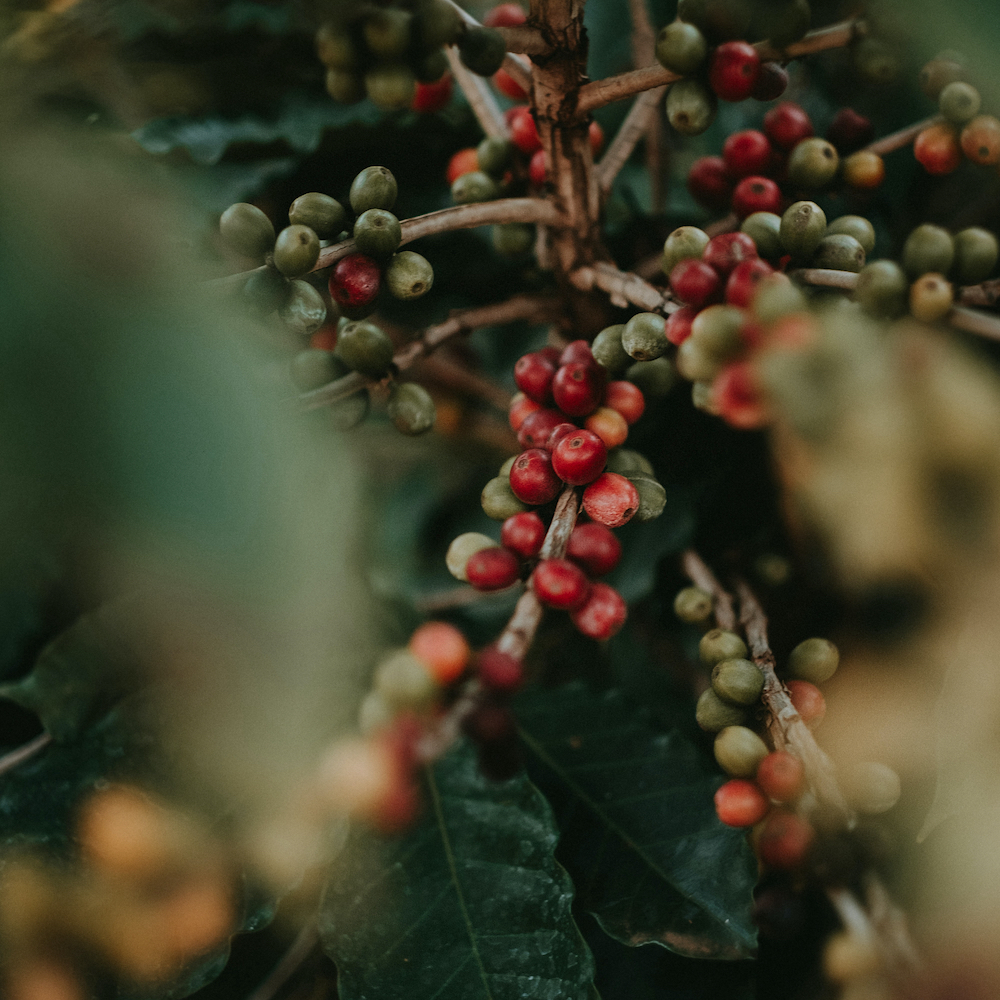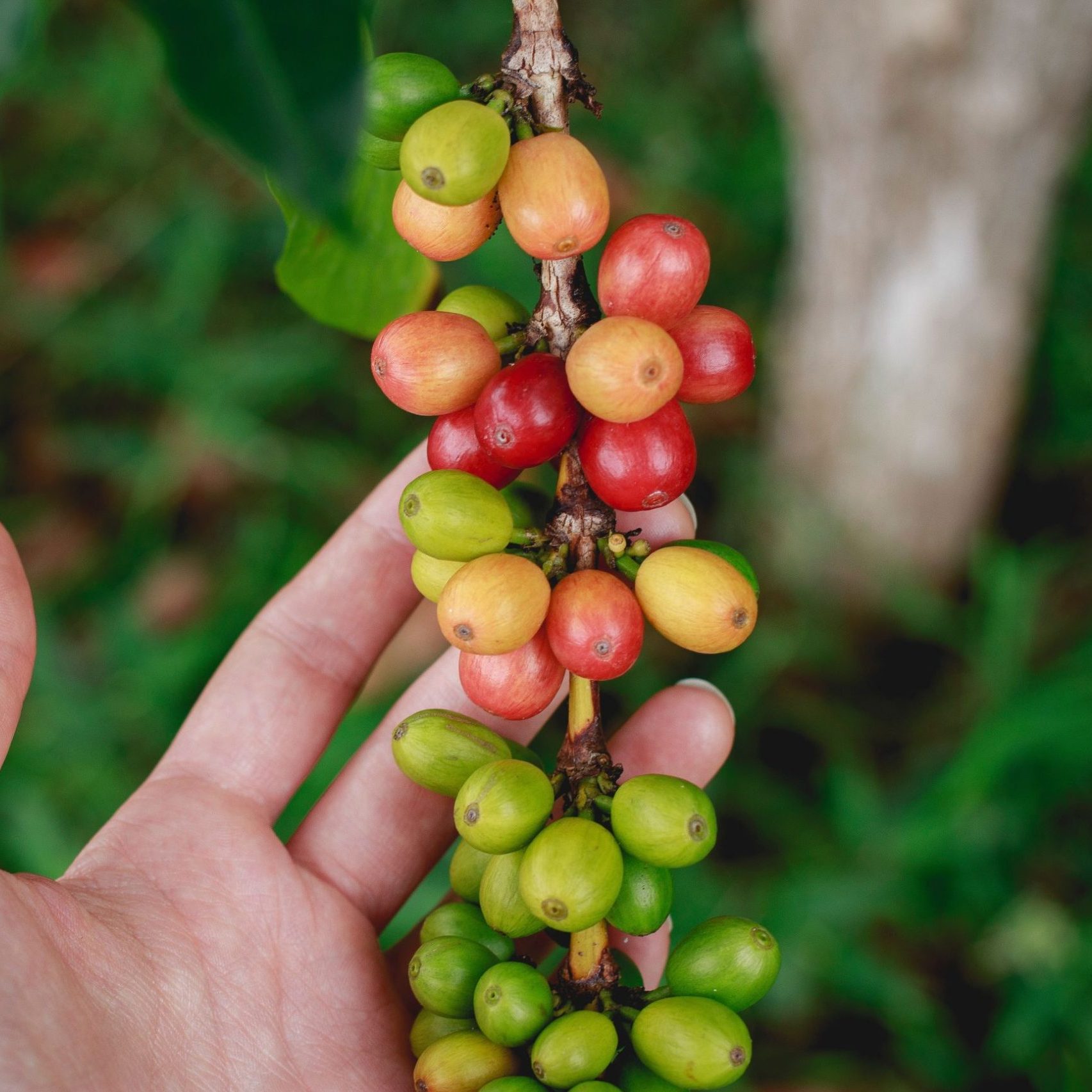We curate and roast coffees of exceptional quality with unmatched attention to social and environmental responsibility.
WHO WE ARE
After it arrives from the farm, we transform green coffee into something beautiful through a meticulous process of roasting, cupping, blending. Roasting coffee is a profoundly transformative act that radically alters a coffee’s profile. The art of blending coffees is a culinary alchemy not unlike the work of chefs. The choices made when brewing determine which flavors rise to the surface and which remain understated. Even the choice of cup has a part to play in the holistic sensory experience of an extraordinary coffee. And throughout the process, coffee is evaluated over and over in a QC (quality control) environment.
OUR EXTRAORDINARY PARTNER
We collaborate with experts in the coffee industry, we ensure that our products provide maximum satisfaction for you, every day without exception.

Ziq Roastery

Bright Java
Indonesian Coffee
Specialty
Providing the finest coffees beans from Indonesia’s best coffee-growing regions
Trade & Deliver
Globally
Connecting coffee suppliers, roasters, and enthusiasts around the world at the right cost.
Ethical &
Sustainable
Quality coffee grown with best ethical and sustainability practices for everyone.
Real Experts &
Experiences
Quality coffee grown with best ethical and sustainability practices for everyone.
Best Selling Indonesian Coffee
Our customers love them, check them out yourself.

Arabica
ITALIAN COFFEE

Arabica
KENYA BLUE MOUNTAIN COFFEE

Arabica
MONSON MALABAR COFFEE

OUR ADVANTAGES
When we evaluate coffee using these 3 key indicators, we account for both the presence of desirable flavors and the absence of unpleasant elements that distort taste and diminish the pleasure you can get from the coffee. When searching for desirable flavors, we make a clear effort not to impose our personal biases on the coffee, staying receptive to the wide range of fascinating flavors coffee is capable of expressing.
Acid
One of the most important sources of coffee’s flavor is its abundance of organic acids. Citric, malic, and tartaric acid are some of the most well known, given that they are also responsible for the refreshing juiciness of our favorite fruits, like oranges, peaches, and berries. They give coffee its character and dynamic range. Without them, coffee would taste flat, dull, and lifeless. Coffee contains dozens of different organic acids, and the unique combination of these define a coffee’s taste. Some are very agreeable, like malic acid. Others are downright awful in a cup of coffee, like butyric acid, which is mostly associated with stinky cheese, or acetic acid, which gives vinegar its distinct sourness.
Many acids play a complementary role chlorogenic acids, for instance, in the right proportion, give coffee just a hint of bitterness that, like an ever so gently hopped beer, adds complexity and balances sweetness.
Sweetness and Balance
Coffee is a composition of flavors that interact. In the best cases, they amplify one another. In the worst, they clash and compete. Sweetness is the balance, and the mouthwatering organic fruit acids present in coffee can be a source of great pleasure, but only when that balance is struck. Think about a glass of lemonade: when there is only lemon juice added to water, the taste is electric but overly aggressive, sour, and difficult to enjoy. Add a little honey or cane sugar, and it changes everything the drink transforms into something impossible to resist. But go too far with the sugar, and the aftertaste becomes cloying, making it tough to swallow.
Those same interactions happen in coffee, which is why we always evaluate coffee quality holistically, paying attention to its sweetness the relationship between the sugars, acids, flavors, and the ways they modify one another.
Clarity
Coffee’s fundamental taste appeal comes from its balance and structure, along with the presence of attractive flavors and the absence of bothersome ones. Yet what separates the truly extraordinary coffees from the merely great ones often comes down to clarity. How clearly do the flavors express themselves? And how easy is it to appreciate not only the dominant individual flavors, but the delicate and nuanced ones as well?
Consider the difference between reading through a pair of glasses that hasn’t been cleaned in weeks, and the pristine pair you just picked up at the optometrist’s office. The difference is extraordinary. One is muddy and muted and hard to see through, and the other is crystal clear. The highest-quality coffees have similarly impeccable resolution. They are loaded with delicious flavors that are also razor sharp, on full display with minimal interference.
GALLERY JAVAUNO
